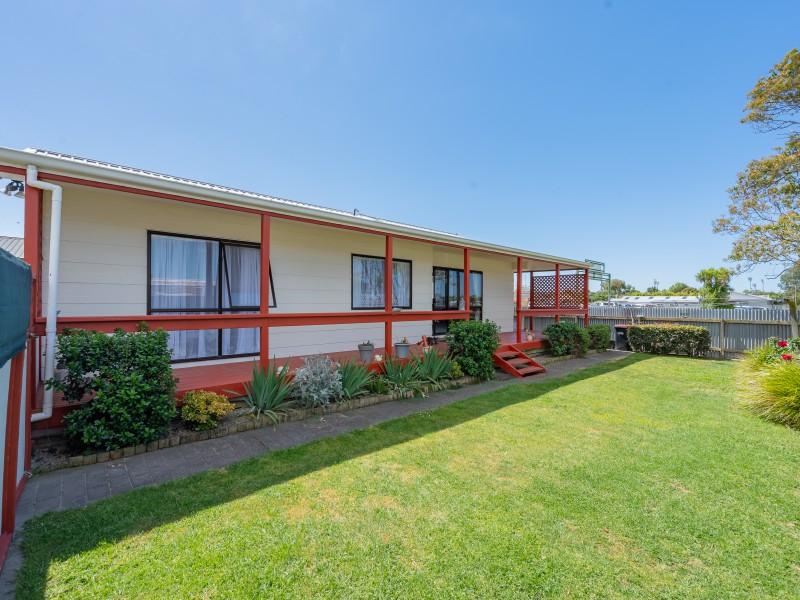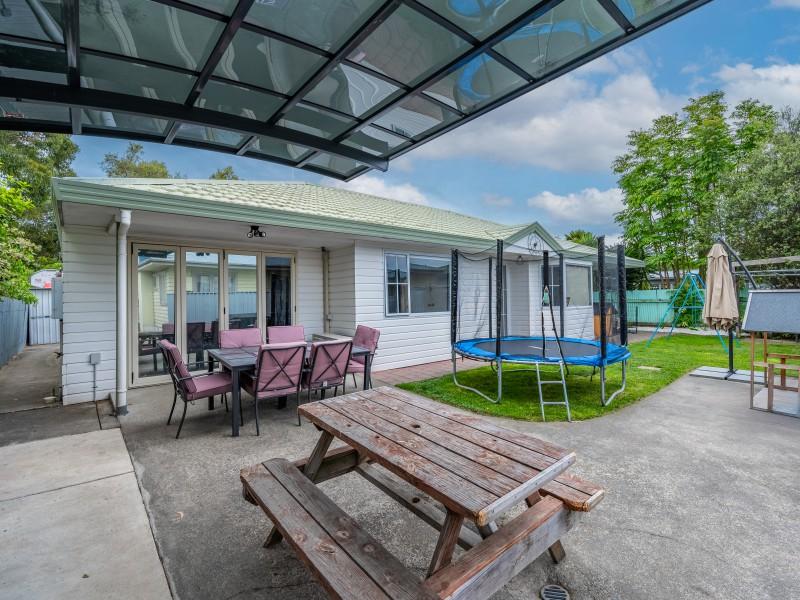How to choose the right Curtain Lining
Windows play a major role in controlling the temperature within a home. During winter it is easy to lose heat, and in summer it is easy to overheat a home if windows are not appropriately covered. Professionally fitted, lined drapery can reduce window heat loss by 40-60% when closed*. Working all year round, lined drapery is an important tool in creating a thermal insulation barrier.
Today we look at the advantages, types and options of drapery lining.
There are many advantages to drapery lining:
1. Creation of a thermal insulation layer.
2. Protects soft furnishings from sun damage.
3. Resistance to dust and mildew.
4. Creates a dark room environment (dim or black out).
5. Prolongs the appearance and life of your drapes as lining helps protect the fabric from harmful UV rays.
6. Improves drapability.
7. Stronger acoustic properties with more layers.
NOTE: In a hot climate, lining helps to reduce heat transfer into the room.
TYPES OF DRAPERY LINING
There are several different types of lining which can be chosen based on the requirements of each drapery installation.
THERMAL
One layer (1 Pass) of coated acrylic suede compound is known as thermal lining. It offers the advantages of insulation and energy savings, helping to keep rooms’ warm in the winter and cool in the summer. It is important to understand that a certain amount of light will pass into the room with this construction. As with all quality linings, thermal lining not only protects soft furnishings from fading, they are also treated to resist mildew and enables good drapability.
The manufacturing process of a thermal lining involves a thermal coating being applied directly to the reverse side of the fabric to reduce the amount of harmful ultraviolet light passing through the fabric, whilst increasing the insulation.
BLACKOUT
Three layers (3 Pass) of coated acrylic suede compound is known as ‘blackout’ thermal lining. This process offers the same benefits of thermal lining but also totally eliminates light penetration. Blackout lining naturally minimizes the risk of natural flaws in the fabric from showing through. It also adds body to the fabric and provides a good stable base for roman blinds.
TIP: when drawing your curtains during the day, a blackout lining will ensure the colour of your main drape isn’t saturated/washed out by sunlight.
DIMOUT / TRIPLE WEAVE
Unlike coated linings, a dimout lining is a woven construction which allows a small amount of light to pass through – hence the name ‘dimout’ as opposed to ‘blackout’. It is a popular lining in both commercial and residential applications due to its affordability, washability and noise reduction properties. It has a soft, thick handle which adds fullness to a light weight fabric such as silk and taffeta.
TIP: Darker dimouts achieve a higher degree of light reduction than lighter colours.
INTERLINING
Interlining adds body and fullness to lightweight fabrics such as silk and taffeta. Its composition is typically either a blend of polyester/viscose/cotton or 100% napped cotton. Interlining also improves insulation and acoustic properties of a room through noise reduction and provides extra protection from harmful UV rays. It works as additional padding for headboards and pelmets when used between the face fabric and lining.
SILICONE
Advancements in technology have led to coated lining layers being made of a silicone compound, which creates a soft agile handle and has the added benefit of not eliciting or holding any loose dust as experienced with acrylic suede lining. Silicone backed lining is a coated lining product with three layers of silicone on one side, providing protection from elements such as sun and moisture. This product is also washable, making it easier to maintain, however it cannot be dry-cleaned.
NOTE FOR COATED LININGS:
For both thermal coated and blackout coated linings, the coated side of the fabric must face the glass to maximize UV and mildew resistant properties.
Thermal lining and blackout lining is NOT machine washable, it may be gently hand washed if necessary, drip dried with coated surfaces facing out. Professional cleaning by a specialist is the recommended option.
ATTRIBUTES
FIRE RETARDANT
Linings with fire retardant attributes have either had a treatment applied to the yarn/fabric retrospectively or the fibre/yarns used to produce the fabric have been engineered to possess inherent FR characteristics. FR linings meet all government requirements/standards and are suitable for residential and commercial use.
OEKO-TEX
ENVIRONMENTALLY BETTER - Oeko-Tex Standard 100 is an independent international certification. Linings that carry this certification mean that the fabric is free from harmful substances and safe for people and the environment. For more information visit oeko-tex.com/standard100.
Interested in adding a lining to your existing curtains? We can help with that! Call us on 0800 579 0501 to book in.
Poll: Do you think NZ should ban social media for youth?
The Australian Prime Minister has expressed plans to ban social media use for children.
This would make it illegal for under 16-year-olds to have accounts on platforms including TikTok, Instagram, Facebook and X.
Social media platforms would be tasked with ensuring children have no access (under-age children and their parents wouldn’t be penalised for breaching the age limit)
.
Do you think NZ should follow suit? Vote in our poll and share your thoughts below.

-
85.6% Yes
-
13.3% No
-
1.1% Other - I'll share below
What's your favourite recipe for courgettes?
Kia ora neighbours. If you've got a family recipe for courgettes, we'd love to see it and maybe publish it in our magazine. Send your recipe to mailbox@nzgardener.co.nz, and if we use it in the mag, you will receive a free copy of our January 2025 issue.

Railing planters
To gain extra growing space, make and hang these easy-to-build planters on almost any wooden fence or deck railing. Use Resene FX Blackboard Paint so you can easily identify what plants are in each. Find out how to create your own with these easy step by step instructions.









 Loading…
Loading…























